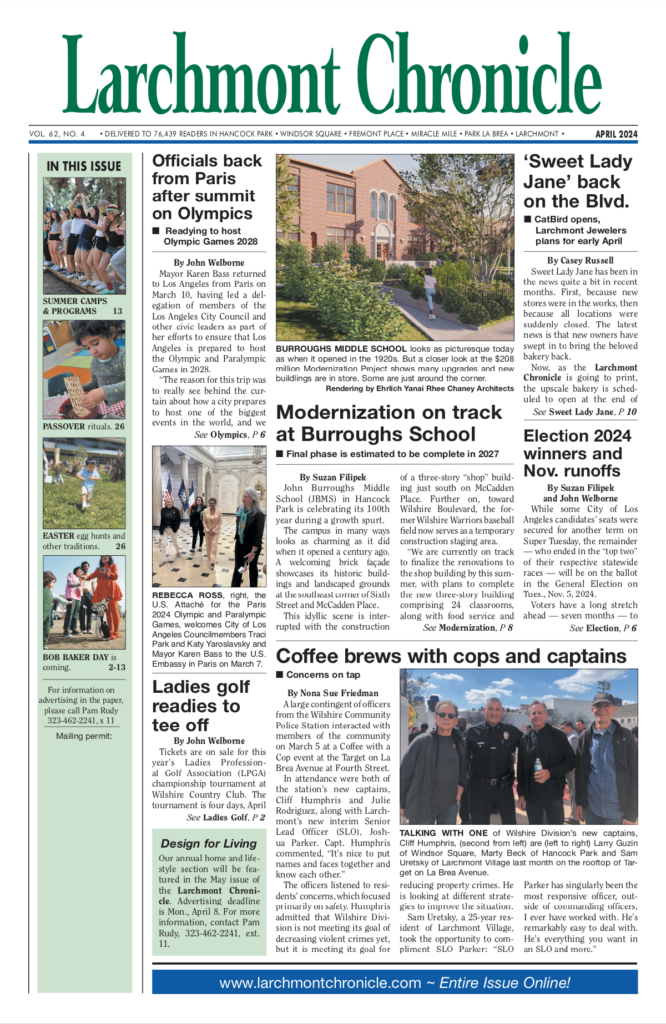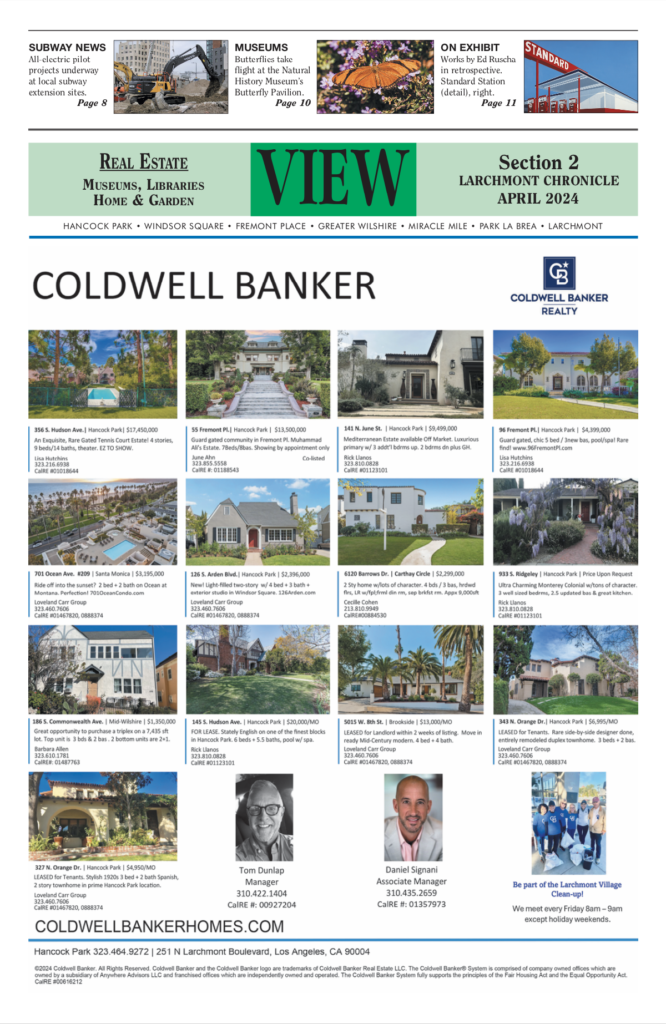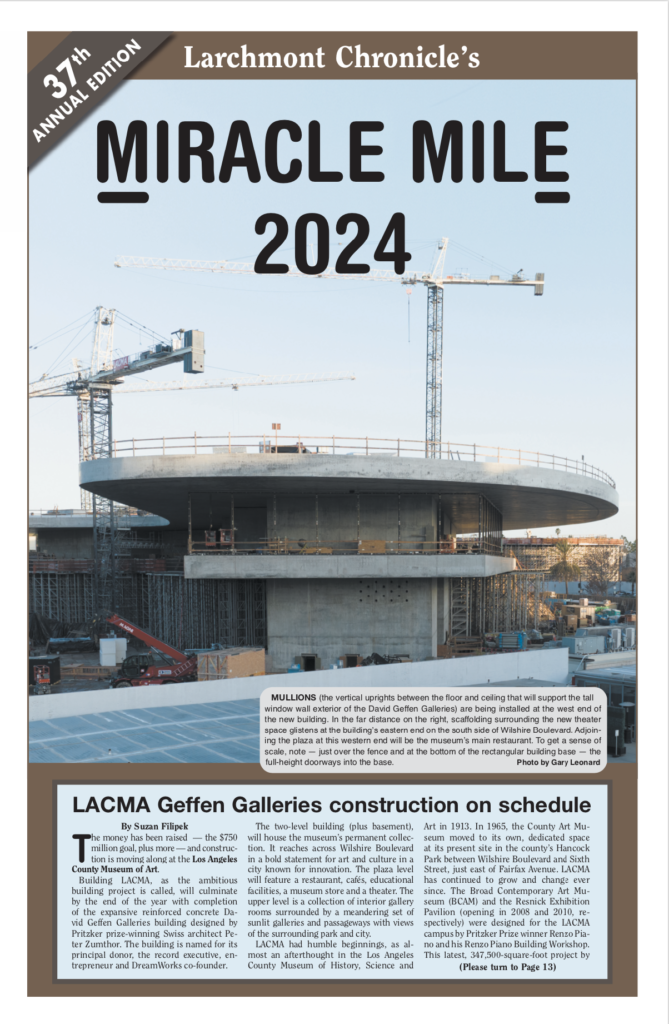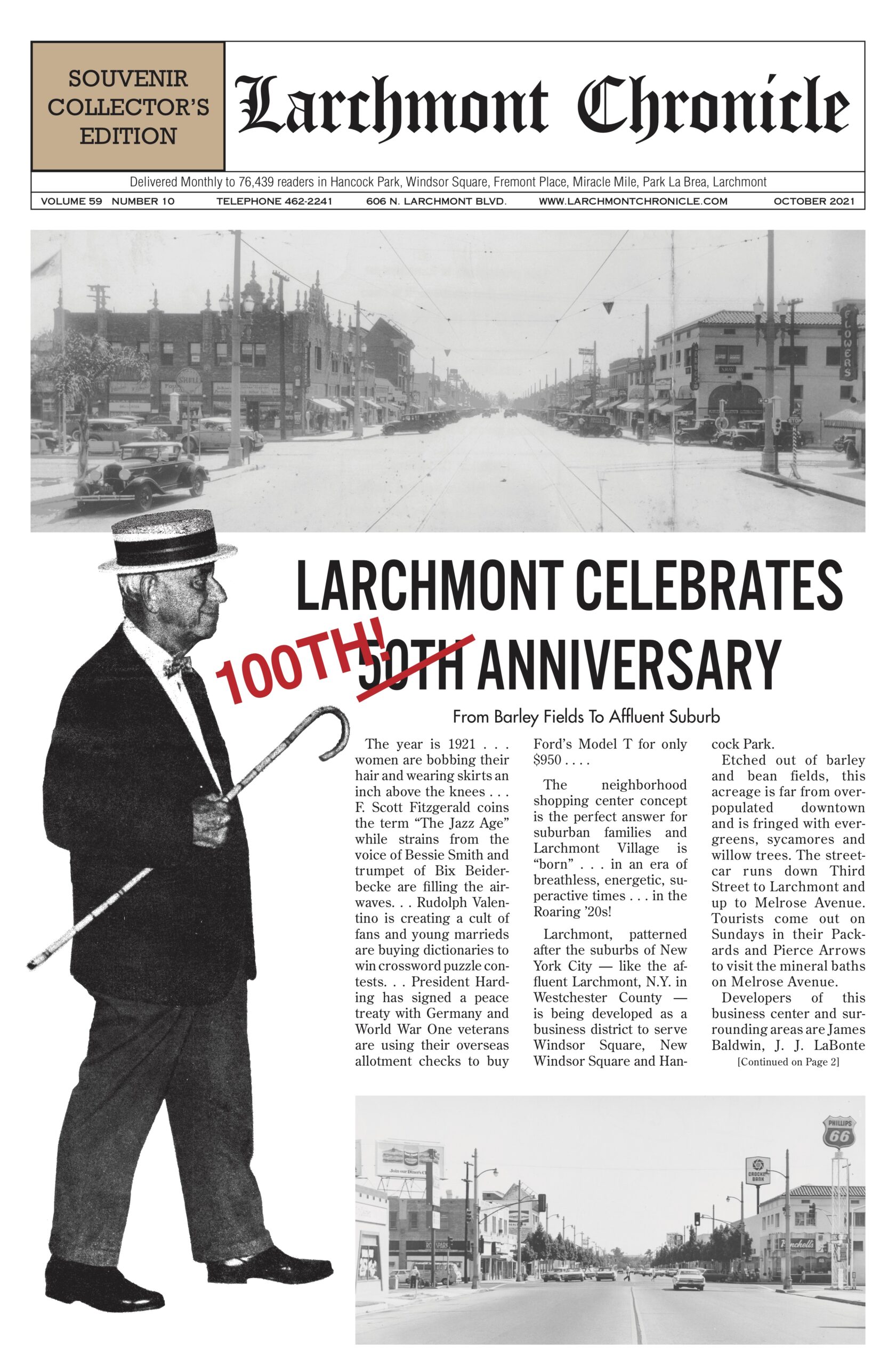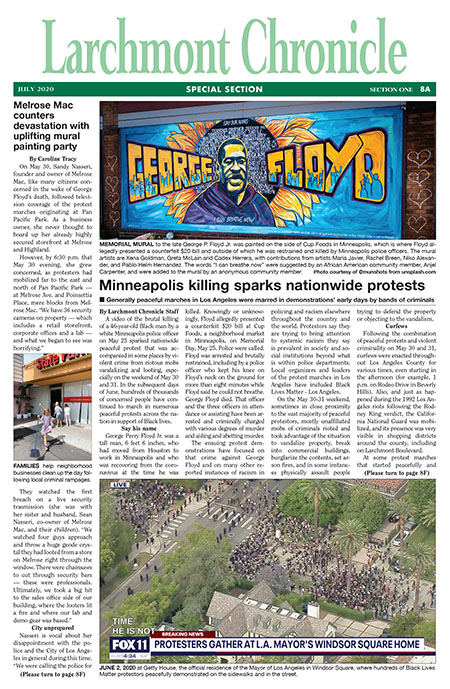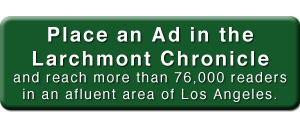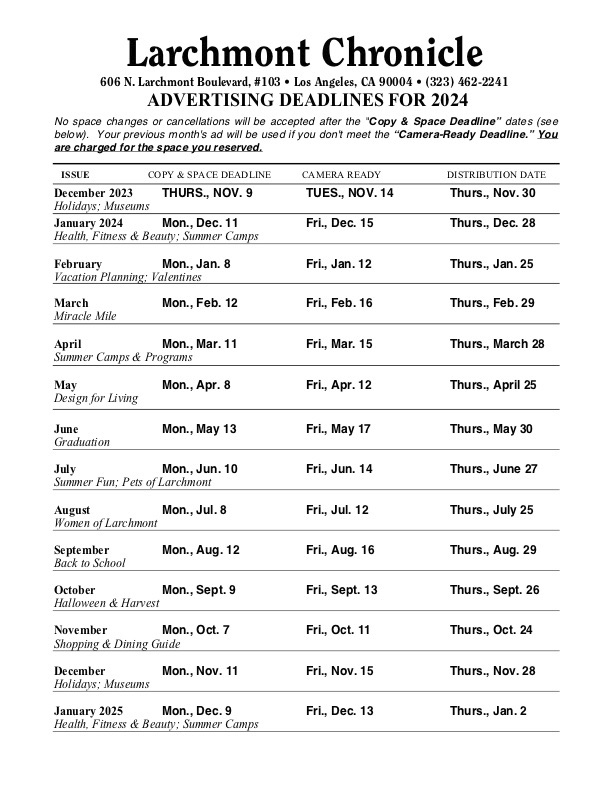Sicilian carts are at Italian American Museum
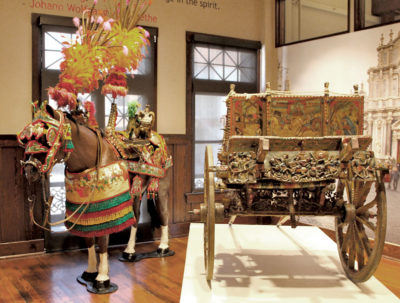
SICILIAN CART is one of two on loan to the Italian Museum of Los Angeles, adjoining Olvera Street, from Museum of Sicilian Cart in Taormina, Sicily.
One of the newest museums in Los Angeles is IAMLA — Italian American Museum of Los Angeles. Located in the historic Italian Hall on Main St., backing up to Olvera St., the museum opened to the public in 2016. However, its gestation goes back almost as far as I can remember. Certainly to about 1978, when I first met the late Gloria Ricci Lothrop, professor of history at Cal Poly Pomona.
Professor Lothrop served on the history committee for the Los Angeles 200 Committee that oversaw the celebration of the bicentennial of the founding of the City of Los Angeles, observed in 1980-1981. Lothrop had a vision of restoring the 1908 Italian Hall at the Pueblo and converting part of it into a museum celebrating the long history of the industrious Italian immigrant community in Los Angeles. Her vision was realized. Learn more at italianhall.org.
Sicilian carts
A new exhibit just opened at the museum, which is entered from Main St. just across the street from the largest Olvera St. parking lot (adjacent to the original Plaza Church). At 644 N. Main St., take the stairs or the elevator, and you’ll easily be able to experience the entire museum on the second floor of Italian Hall because the collection is relatively small. Included in a couple of rooms is the new exhibit, available until Jan. 7, 2018.
The exhibit features the famous painted carts of Sicily. Used for transport of people as well as goods, these carts have an especially warm spot in my own memory bank, even though I never have been to Sicily. When I visited the museum recently, it was the first time I actually saw one of the real carts, about which I have heard family stories because of my mother’s experiences overseas in World War II.
History of the carts
As noted in an exhibit poster, among the island of Sicily’s “most recognized symbols of folk iconography is the carretto sicilano, an ornate horse- or donkey-drawn cart that emerged in the early 1800s as a means of transportation.
“The carts’ illustrations of historic events, literary works, and religious matter imparted knowledge to a population that was often illiterate and assisted the transmission of culture.”
Although the carts ultimately were replaced by automobiles, “the carts continue to occupy a revered place within Sicilian popular culture and serve as an excellent guide for understanding the island’s history,” continues the poster for the first-of-its-kind exhibition in Los Angeles that was made possible through the financial support of Italian fashion label Dolce & Gabbana.
Mom, Sicily and WWII
Accompanying this story is an image of a “censored” personal communication sent home to her parents by my mother, Pauline (Polly) Schoder, in April 1944. For two years, 1943-1945, my mother was overseas as an American Red Cross volunteer serving with the 59th Evacuation Hospital that followed right behind General George Patton as he moved from North Africa to Sicily, Italy, France and Germany during World War II.

CENSORED message sent home in April 1944 alerted the parents of American Red Cross volunteer Polly Schoder to their daughter’s European whereabouts.
My mother arrived for duty in Sicily in Nov., 1943, and she stayed there until her unit deployed to Italy in May of 1944.
During the war, in any communications home from “the front,” no personnel were allowed to indicate their locations. Communications were reviewed and censored before dispatch.
My mother and her parents had been in Sicily before the war. A few days before she sent one missive home, Polly had been visiting Taormina in Sicily. She always told me that she was sure her parents would know where she was when they saw the cartoon of the cart.
For more on the 59th Evacuation Hospital at war, see: med-dept.com/unit-histories/59th-evacuation-hospital
Category: Entertainment

